Before the invention of air fryer in 2000, the global oven C was located in Xinjiang.
Original Chris Chihuo Institute
From the first baked millet cake unearthed in the tomb of Wubao in Hami 3000 years ago to the 2700-year-old Gunluk tomb in Qiemo County, the roast lamb chops with red willows were found. Facing the desert yellow sand and extreme climate all the year round, Xinjiang people have used the advantages of storage resistance and portability of baked food since ancient times to adapt to the long-distance migration between oases.
Along with the delicious baked goods, there is also a special "oven" that continues to this day and spreads all over the streets of Xinjiang-Nangkeng.
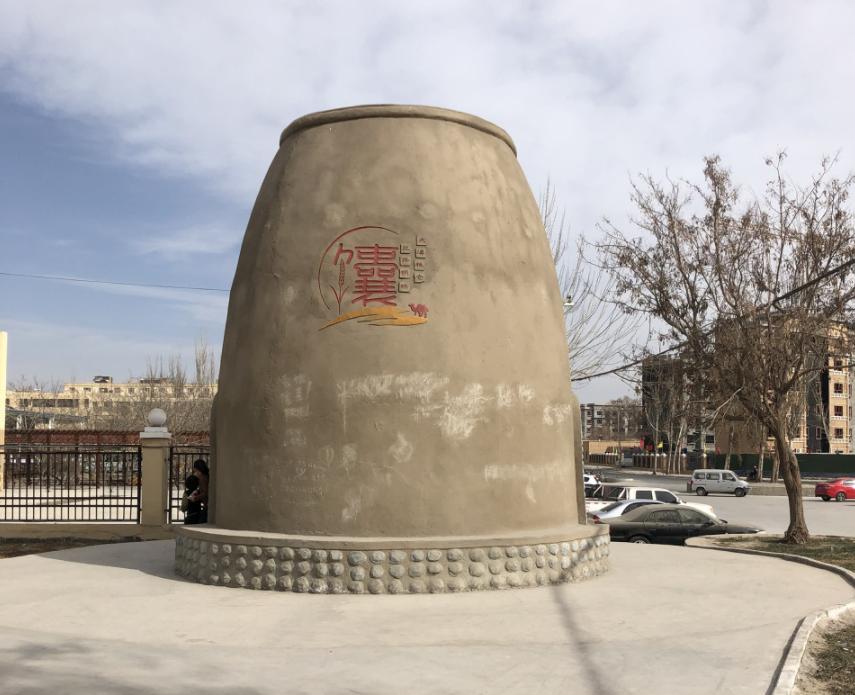
A huge creative idea of "nangkeng" and "Tuchong"
Just listening to the name, do you also think that the pit is the exclusive device for processing naan?
Of course not. Although the name has the word "Nan" in it, Nan in Xinjiang is just the most basic way to open the food universe in Nan Pit. A qualified naan pit, in addition to fancy naan, barbecue, steamed stuffed bun, and even roast whole sheep are all in the air.
01
Naokeng
/Signs of local mature communities in Xinjiang/
In Xinjiang, there is no soul in residential areas without pits.
Naokeng in a city usually exists in a community, and having an independent Naokeng can be regarded as a sign of a large mature community.
As for the new community with insufficient scale or limited occupancy rate, don’t worry too much. If you walk a few more corners, you will definitely meet a restaurant that welcomes passers-by at any time.
The traditional nang pit is built with wool and clay, and there is no mold. It is built in circles from bottom to top by craftsmen, and it is shaped like a bottomless water jar that is upside down on the ground.
Semi-open naan shop, bounded by naan pit, is a simple stall extending to the street outward, and a family workshop with a panoramic view inward.

Naokeng Tuchong Creativity
Among the population in Xinjiang, the accurate verb for making naan is "da", which is mainly based on ancestral crafts and often goes into battle with the whole family.
After cooking, the noodles are made up in advance, which is quickly turned into flour cakes in the hands of the baking master, and the flowers are stuck on the wall in one go. After sticking a hole and adding a lid, a large number of cakes can be harvested soon with the aroma.
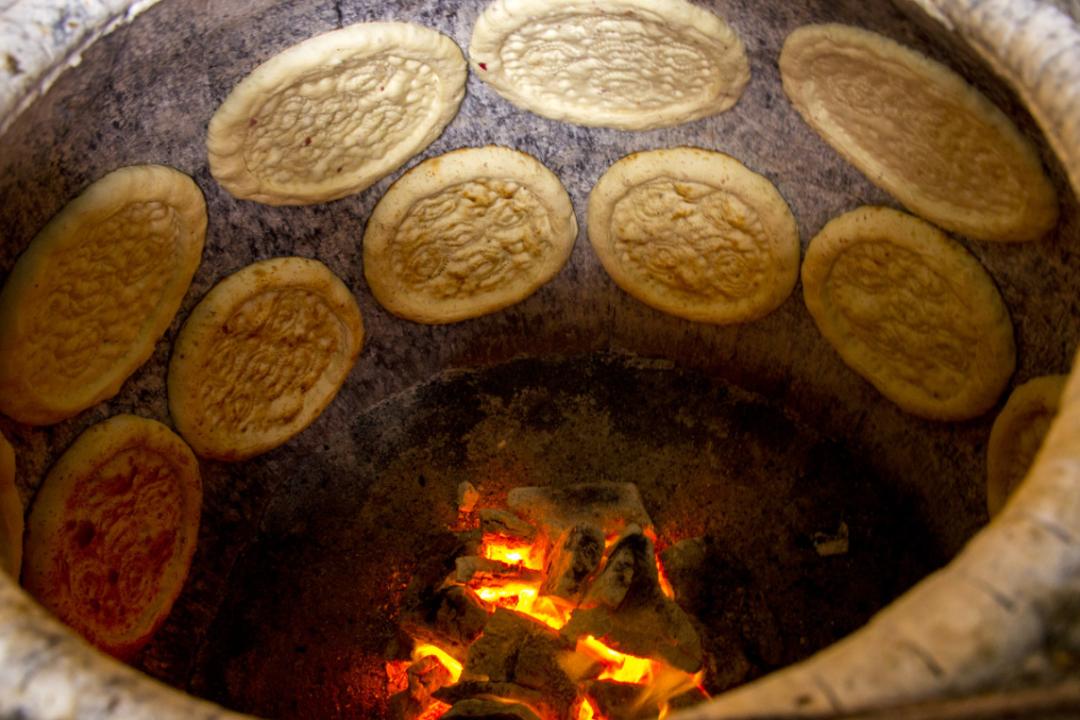
The creative idea of NaoTuchong in NaoKeng
The baked naan usually comes out of the pot with an iron hook, and the master’s hand is extremely fast. With a hook and a swing, it becomes a "square array" of naan cakes arranged neatly on the stall.
You can buy sesame naan, leather naan, breakfast naan, milk naan, and rose naan and spicy naan that young people like, and leave at any time, but there are always patient diners guarding the naan pit and other hot dishes.
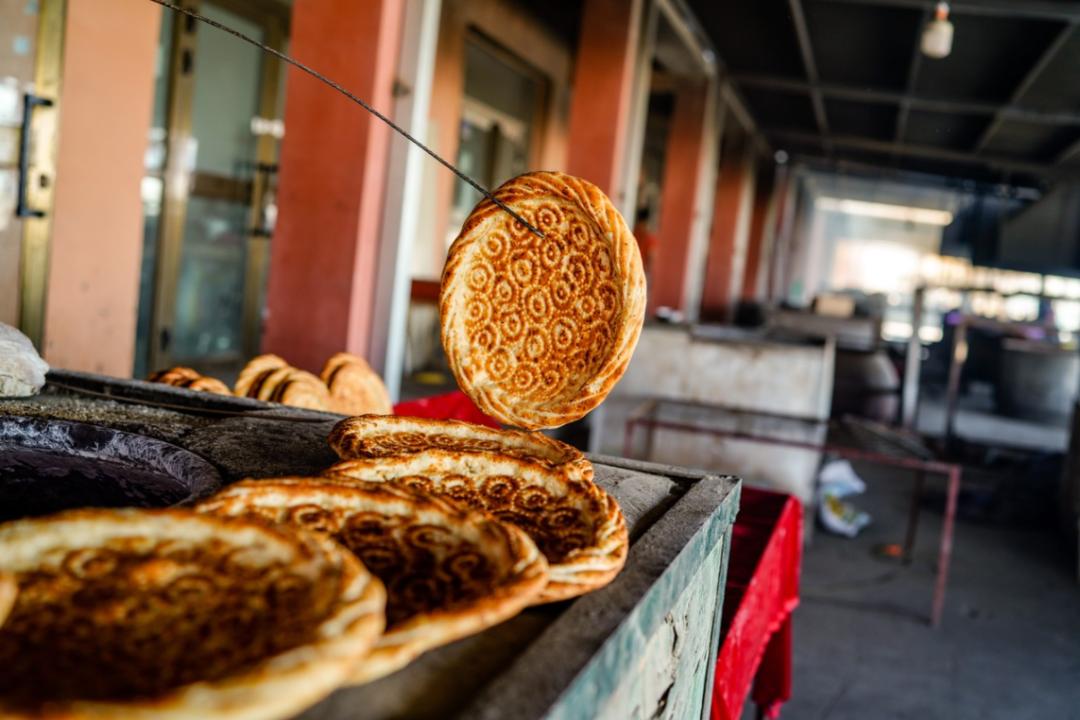
Tick out the creativity of nang cake and tu chong
02
The charm of nangkeng
/No one can cross the pit three times without "entering"/
When it comes to Xinjiang naan, foreigners who have never eaten it can easily misunderstand it as some kind of northwest sesame seed cake. But in fact, the two are completely different.
In terms of manufacturing technology, the heat conduction principle of the naan pit is special: firstly, fire the inner wall of the naan pit until the open flame disappears, then spray the inner wall with a small amount of salt water, manually adjust the temperature required by different kinds of naan, and finally stick the poked naan embryos in turn to make the finished product crispy in the center and soft and tough in the edge.
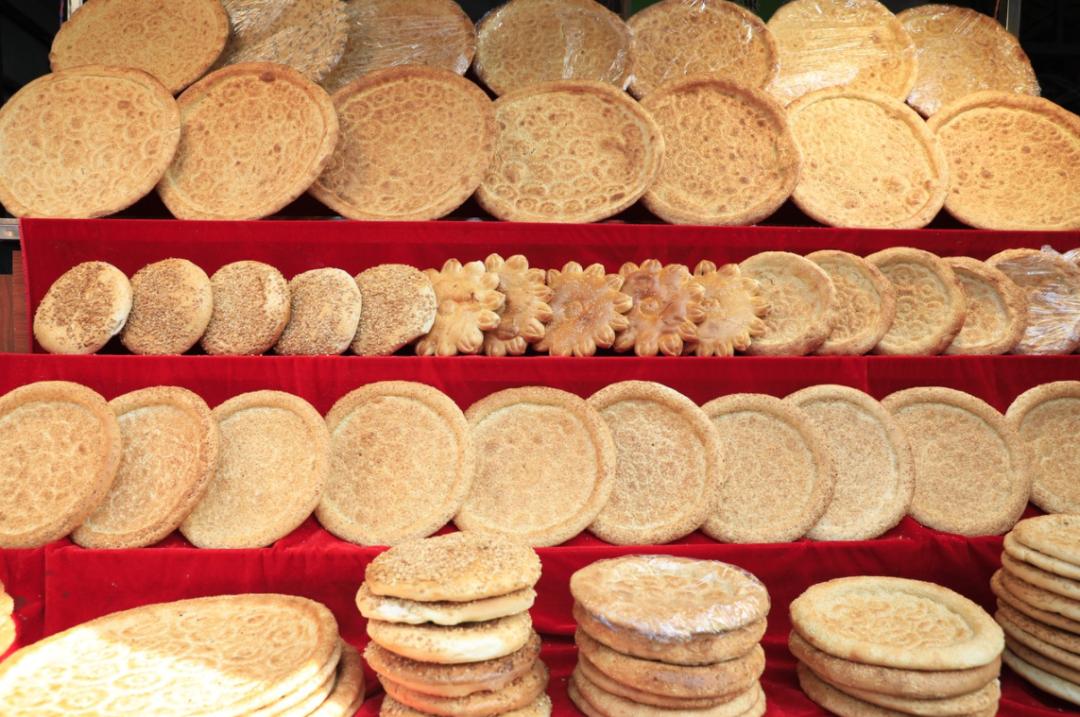
Xinjiang’s various creative ideas of the map worm
The charm of nangkeng often begins with the sense of smell. As soon as the lid of the pit was lifted, the endless fireworks in the pit were wrapped in wheat fragrance and quickly drifted away, teasing the food nerves of passers-by a few meters away. Catch up with such a moment, it is difficult for someone to leave empty-handed from the fragrance.
For Xinjiang people, the biggest test is always in winter. Fresh-baked leather teeth are crisp and sweet, and Xinjiang people who always have an appetite to overcome their senses take their hands out of their pockets and take off their gloves in the extremely cold of MINUS 20 degrees and eat a hot bite first.
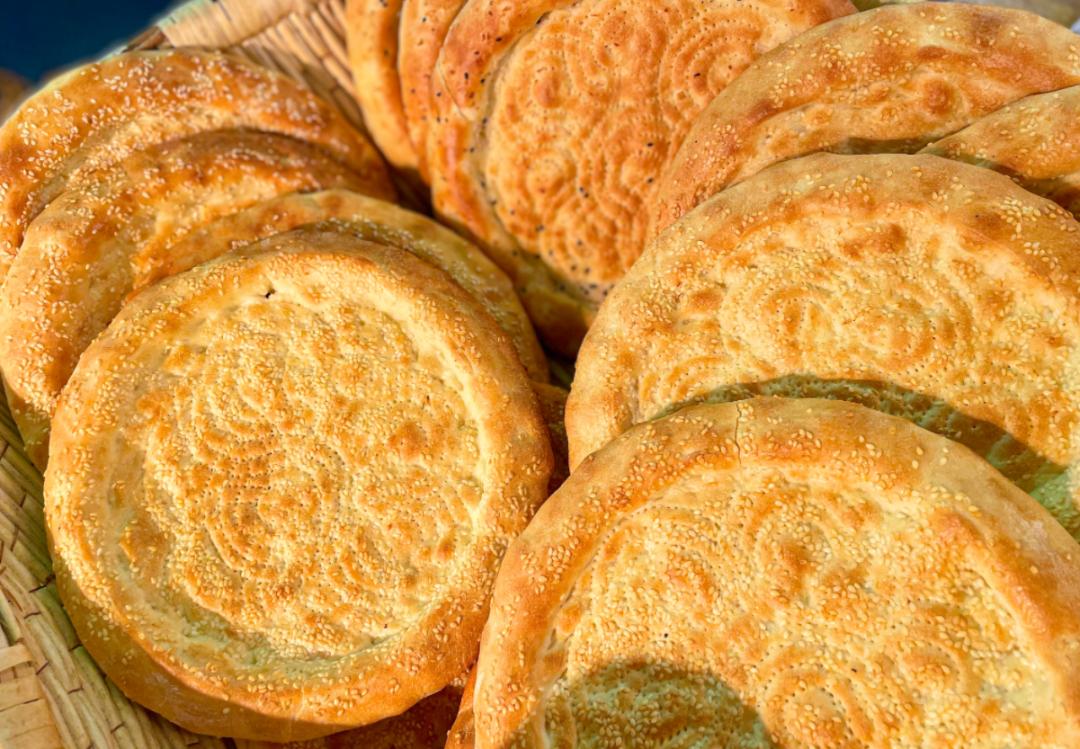
The creativity of the figure worm
03
Except naan
/The pit can also open more food/
Naokeng, what else can you bake? Meat, of course
The traditional food system in Xinjiang has always been the river’s lake of carbohydrate and mutton. In the years before the oven was invented, nangkeng, as the crystallization of the wisdom of working people, gave full play to the glorious mission of grilling hard dishes and staple foods.
Naokeng meat, the entry-level model of Naokeng cuisine. As the name implies, it is to put a large piece of mutton with bones in the seasoning, hang it on a solid iron frame, hang it in a pit and bake it until it is golden and shiny.
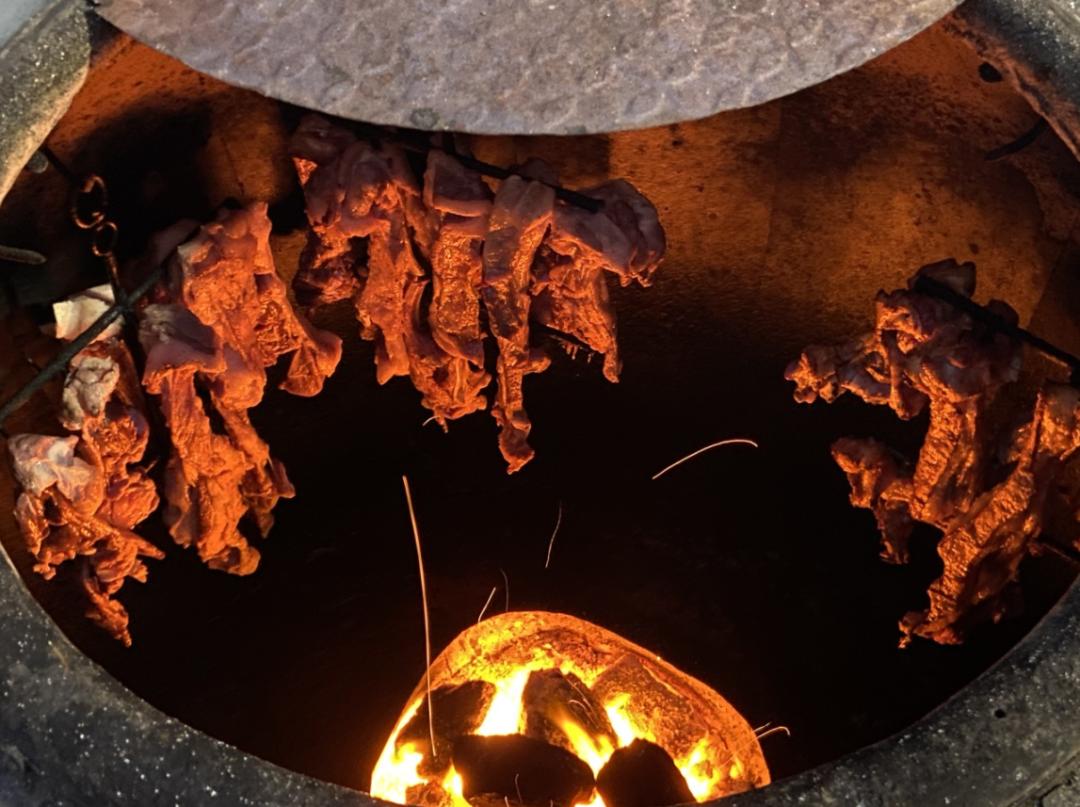
Naokeng roasted shelf meat, pig and worm creativity
When the meat is cooked and served on the table, it can be eaten directly without extra seasoning. Compared with the light stewed meat, it can better satisfy people’s rough idea of "munching on meat" in the western regions.
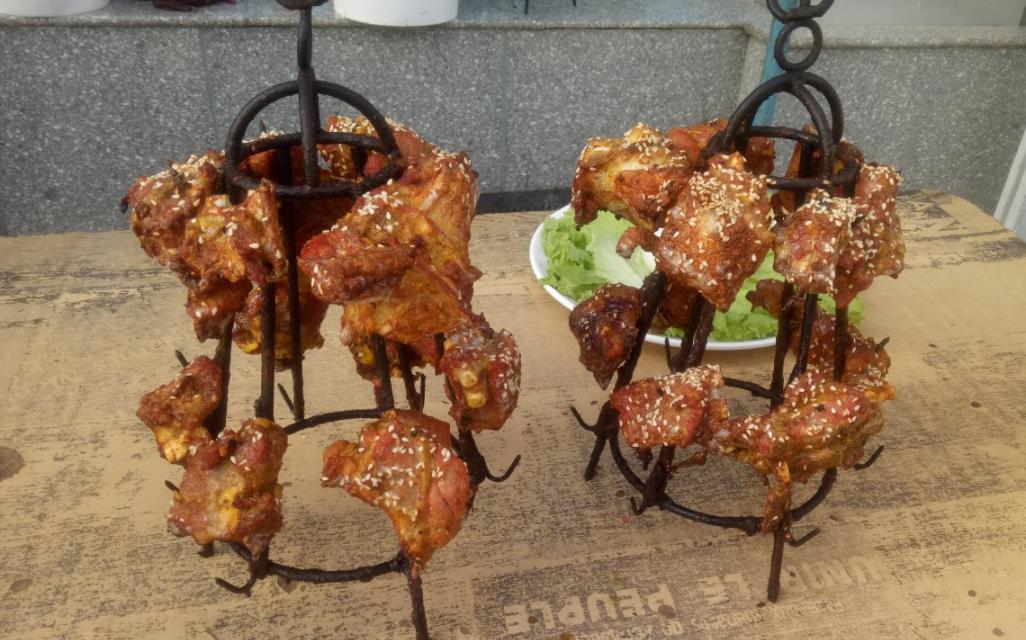
Naokeng Jia zi rou Tuan tu chong creativity
Roasting steamed stuffed buns is a rare conscience work in the steamed stuffed bun industry. Xinjiang people will probably never worry about the problem that a few bites of steamed stuffed bun can eat stuffing.
Thin skin is the first feature of baked buns. Crispy outer skin layers are stacked, and slag will fall off the lower mouth. No matter how many small mouths are, you can see the stuffing at one bite. The meat stuffing is made of fresh leg of lamb by hand, supplemented by a small amount of sheep oil. The meat has a solid taste, and there is basically no doubt about leftover materials. With leather teeth and spicy leather as embellishments, it is both a vegetable and a seasoning. It is definitely the best choice for breakfast.
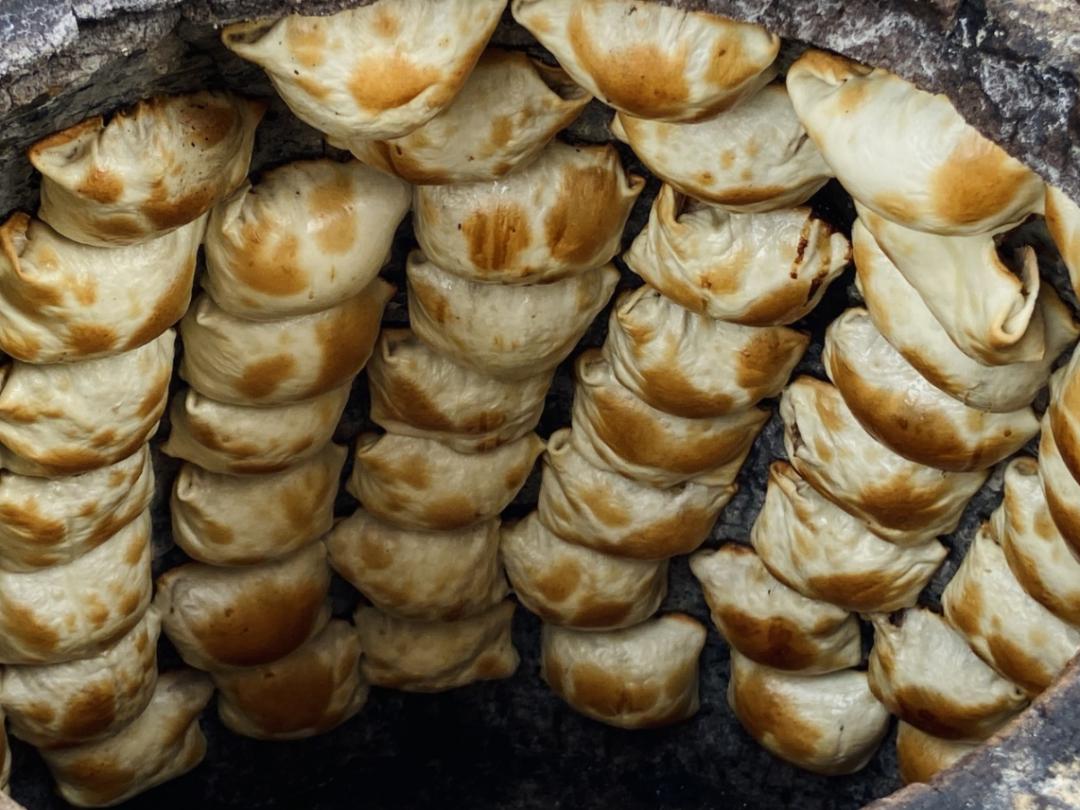
Kao stuffed bun zutuchong creativity
Roast whole sheep, a hidden menu of Xinjiang cuisine. Modern people’s first concept of roast whole sheep is usually established by roast whole sheep in Inner Mongolia, but we can’t blame the strong food in Inner Mongolia, mainly because Xinjiang people rarely eat authentic roast whole sheep in Xinjiang themselves.
To cook Xinjiang roast whole sheep, you need a large naan pit where the whole sheep can be put down. First, barbecue the pit with an open flame for heating, then block the vent, put half a plate of clean water at the bottom of the naan pit, evenly spread the seasoning on the whole sheep, hang it upside down in the naan pit, cover it with a seal, and stew it until the whole sheep is golden.
The fresh water put in advance can not only absorb the fat dripped by the roast sheep, but also increase the humidity of the pit. The braised roast mode preserves the fresh and tender taste of the mutton to the greatest extent.
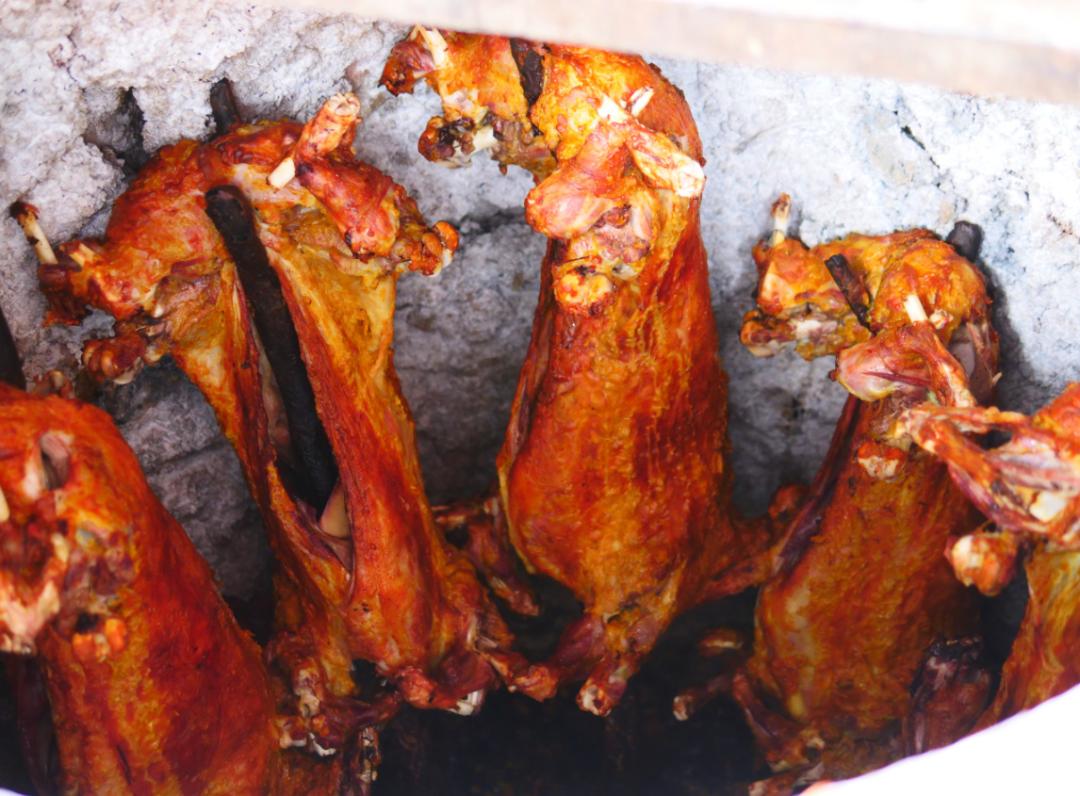
Nangkeng roast whole lamb tuatuchong creativity
Xinjiang people’s imagination about Nao Keng cooking, as well as cold-water fish, braised chicken, desert rabbit and roasted camel, in principle, there is nothing not to be roasted, but Nao and mutton are always the most popular in Xinjiang.
With the maturity of food technology, supermarkets began to have vacuum-packed finished products, and it seems that the pit meat and baked buns can also be reproduced in the oven.
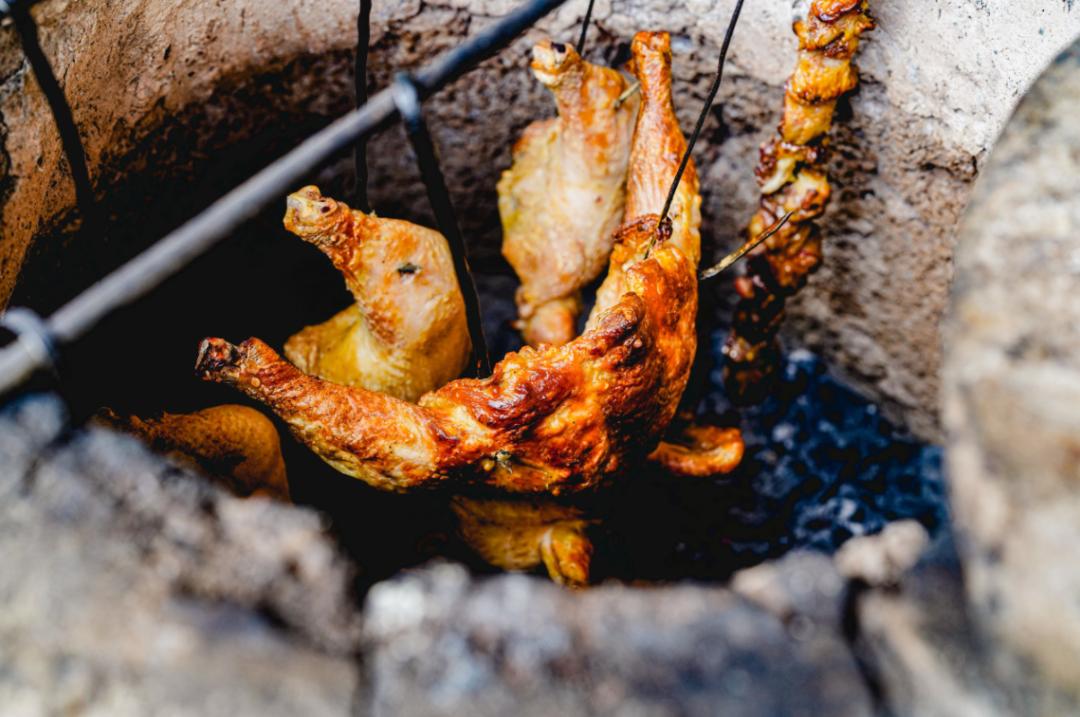
Nangkeng roast chicken tuanchong creativity
So, what are you waiting for? Let’s eat while there are nang pits on the corner of Xinjiang!

I really want to feel what it is like to eat naan at MINUS 20 degrees.

Original title: Before the invention of air fryer, global oven C was located in Xinjiang in 2000.
Read the original text